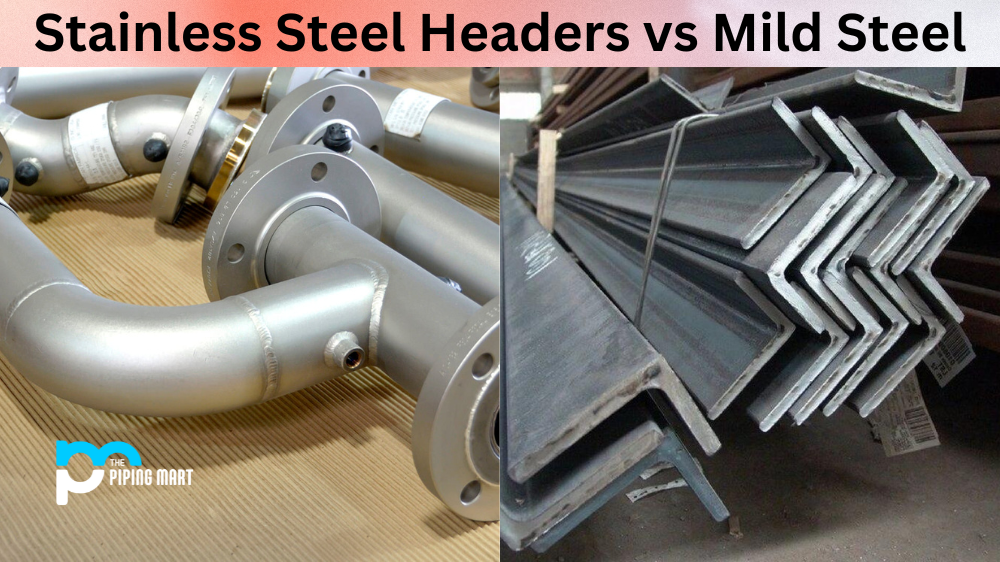When it comes to knives, one of the most important factors is the type of steel used in the blade. The quality of the steel dictates how sharp and durable the knife will be over time. Two popular types of steel used in knives are 5CR15 and 3CR13. In this blog post, we’ll explore the differences between the two and help you determine which is better for your needs.
What is 5CR15 Steel?
5CR15 steel is a high-quality, stainless steel material commonly used to produce cutlery and kitchen knives. It has excellent wear and corrosion resistance due to its high chromium content (15%) and additional elements like carbon, molybdenum, vanadium, tungsten, manganese and silicon. This alloy is relatively soft compared to other knife steels but still offers great performance with good edge retention when properly heat treated.
What is 3CR13 Steel?
3CR13 steel is a Chinese stainless steel grade commonly used in producing knives, scissors, and other metal products. It typically contains between 0.15% and 0.25% carbon, which gives it good strength and hardness while also being corrosion-resistant with good heat-resistance capabilities. It is often compared to 420J2 stainless steel as they both contain a similar proportion of chromium but tend to differ in their respective carbon concentrations.
Difference Between 5CR15 and 3CR13 Steel
Chemical Composition
The main difference between 5CR15 and 3CR13 steel lies in their chemical composition. 5CR15 steel contains 0.5% carbon, while 3CR13 steel contains 0.3% carbon. 5CR15 steel contains 15% chromium, compared to 13% in 3CR13 steel. This extra chromium makes 5CR15 steel more corrosion-resistant and gives it a slightly higher hardness rating.
Hardness Rating
The hardness of a steel blade is measured on the Rockwell scale, which ranges from 0 to 100. The higher the rating, the harder the steel. Both 5CR15 and 3CR13 steel fall into the lower end of the Rockwell scale, with a hardness rating of around 54-55 HRC. While 5CR15 steel is slightly harder due to its higher chromium content, the difference is marginal, and both types are still considered relatively soft compared to other types of steel.
Performance
Regarding knife performance, both 5CR15 and 3CR13 steel offer similar sharpness and edge retention levels. However, 5CR15 steel’s extra corrosion resistance does give it a slight edge in terms of durability over the long term. If you live in a humid environment or plan on using your knife near saltwater, 5CR15 might be the better choice.
Price
Regarding price, 3CR13 steel is typically more affordable than 5CR15 steel. This means that if you’re looking for a budget knife or don’t need a high level of durability, 3CR13 might be the better option. However, if you’re willing to spend a bit more for a knife that will last longer and can handle heavy use, 5CR15 is the way to go.
Brand Quality
While 5CR15 and 3CR13 steel differ, it’s also important to consider the brand behind the knife. Some brands use higher-quality versions of these steels, which can result in better overall performance. Before purchasing, research the brand and read reviews from other customers to ensure you’re getting a quality knife.
Conclusion:
In conclusion, 5CR15 and 3CR13 steel have pros and cons, making them suitable for different types of knife users. 5CR15 steel has slightly better performance and durability but has a higher price tag. 3CR13 steel is more affordable but may only last briefly or be corrosion-resistant. Ultimately, the decision between these two steels will depend on your needs, preferences, and budget.




